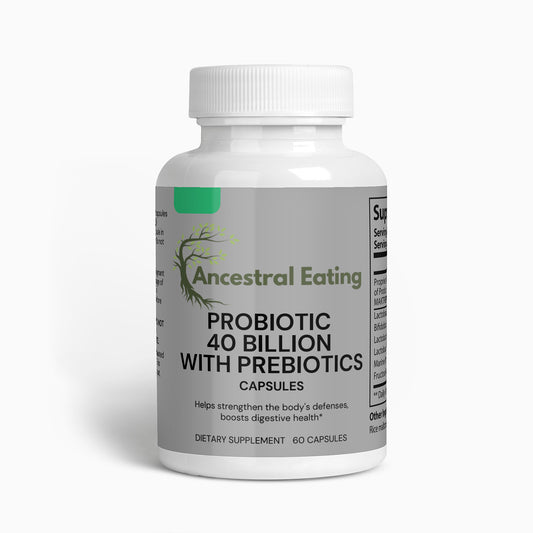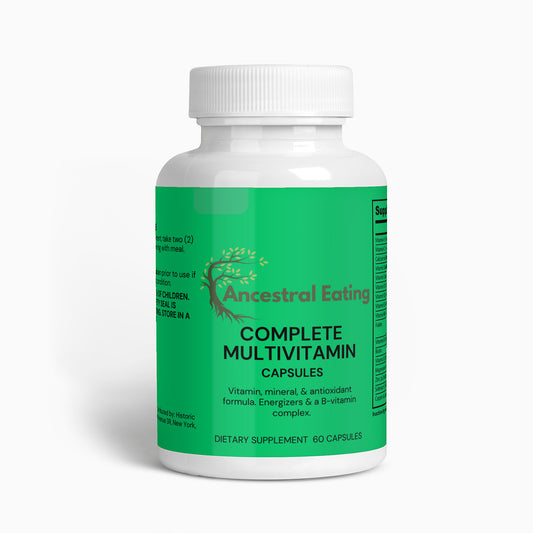The food culture of Malaysia is diverse, reflecting the multi-ethnic makeup of its population. Influences from Malay, Chinese, Indian, Thai, Javanese, Sumatran, and to a lesser extent, Arab cuisines, have made Malaysian food a tapestry of flavors. Over the last 500 years, the peninsula has seen significant shifts in political governance, trade networks, and population migration, all of which have contributed to its culinary richness.
Staple Foods
- Rice: White rice serves as the backbone of many Malaysian meals. Variants include coconut milk rice ("nasi lemak") and glutinous rice ("pulut").
- Noodles: Chinese influence brings a variety of noodle dishes, such as "char kway teow" and "hokkien mee."
Proteins
- Fish and Seafood: Given its extensive coastline, fish and seafood are abundant.
- Chicken: Widely consumed in many forms including grilled ("ayam percik"), fried ("ayam goreng"), and curried ("ayam kurma").
- Beef: Eaten, but less common than chicken and fish. Beef rendang is a popular dish.
- Pork: Consumed largely by the non-Muslim population, in dishes like "char siu" and pork noodle soup.
- Tofu and Tempeh: Influenced by Chinese and Indonesian cuisine, these are popular protein sources.
Vegetables and Fruits
- Leafy Greens: Kangkong, mustard greens, and bok choy are among the vegetables often consumed.
- Tropical Fruits: Mango, durian, rambutan, and lychee are a few examples.
- Coconut: Used in a variety of forms—milk, oil, and grated.
Legumes and Nuts
- Peanuts: Often ground into sauces or used as a garnish.
- Lentils: Mainly in Indian-inspired dishes like "dhal."
Spices and Seasonings
- Chilies: Fresh, dried, or in paste form, chilies are often used.
- Spice Blends: "Rempah" is a Malay term for spice paste that is fundamental in many dishes.
- Fenugreek, Mustard Seeds, and Cumin: Spices brought by Indian traders and immigrants.
- Soy Sauce and Oyster Sauce: Chinese influence is seen in the use of these sauces.
Traditional Dishes
- Satay: Skewered and grilled meat served with peanut sauce.
- Laksa: A spicy noodle soup with a base of either creamy coconut milk or sour "asam."
- Rendang: Originating from Indonesia but popular in Malaysia, this is a slow-cooked dry curry deeply spiced.
- Roti Canai: A type of Indian-influenced flatbread that's crispy on the outside and soft on the inside.
- Hainanese Chicken Rice: A dish adapted from early Chinese immigrants from Hainan province in southern China.
- Nasi Lemak: Considered the national dish, it consists of rice cooked in coconut milk, served with a spicy sambal, fried crispy fish, hard-boiled eggs, and fried peanuts.
Sweets and Desserts
- Kuih: A term for Malaysian traditional cakes, often made from coconut milk, rice flour, and palm sugar.
- Teh Tarik: A strong tea with condensed milk, which is "pulled" to create a creamy top.
Beverages
- Teh Tarik: Malaysia's national drink, a strong tea with condensed milk.
- Kopi: Coffee, often served with condensed milk.
- Fruit Juices: Freshly squeezed tropical fruit juices are widely consumed.
Foreign Influences and Modern Foods
- Chinese Influence: Dim sum, stir-fries, and noodle dishes.
- Indian Influence: Curries, bread, and spices.
- Thai and Indonesian Influence: Use of spices, coconut milk, and similar types of fish and seafood.
- Western Influence: Fast food, pastries, and bread are more commonly found in urban areas.
Over the last 500 years, Malaysian cuisine has been on a fascinating journey of culinary evolution, which is still ongoing. It continues to be an intermingling of historical influences, traditional practices, and modern preferences, making it one of the most exciting and diverse cuisines in the world.






